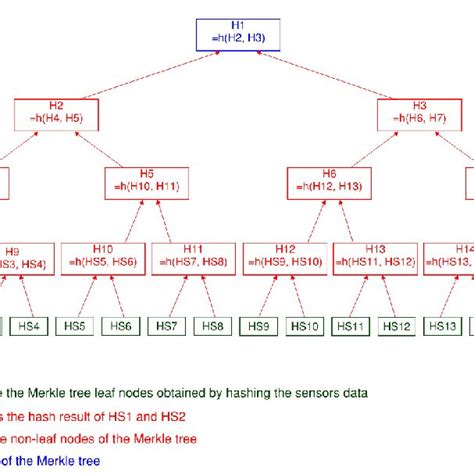Ethereum: Understanding the Merkle Tree Structure
As the second largest cryptocurrency by market cap, Ethereum has been the subject of much question and discussion among developers, enthusiasts, and even newcomers to the world of blockchain technology. One aspect that often arouses curiosity is Ethereum’s underlying architecture, specifically its use of a Merkle tree structure for transactions.
Merkle Tree: A Brief Introduction

A Merkle tree is a data structure that allows for efficient and secure storage and retrieval of large data sets by breaking them down into smaller, more manageable chunks. It is essentially a hierarchical hash tree, where each node represents a block in the blockchain and contains a reference to its parents.
Ethereum Block Structure
In Ethereum, each block is built on a Merkle tree structure that stores information about previous transactions and their signatures. The block itself contains several key elements:
- Transaction Data: This includes details such as sender addresses, transaction amounts, and other relevant information.
- Merkle root: A cryptographic hash of the entire contents of the block.
- Block Timestamp: The time the block was created.
- Block Nonce: A unique value used to determine the order in which transactions were processed.
Merkle Tree Structure
The Merkle tree structure is composed of several levels, each representing a block in the blockchain. Here is an overview:
- Leaf Nodes: These are individual blocks with their respective transaction data and signature hashes.
- Intermediate Child Nodes: These are the parents of the leaf nodes, which contain more complex data structures (e.g. Merkle roots).
- Root Node: This is the highest level in the tree, containing the entire blockchain.
Why Ethereum Uses a Merkle Tree Structure
Using a Merkle tree structure offers several advantages:
- Storage Efficiency: By storing transaction data and signatures as hash values, the blockchain can be stored on much smaller amounts of disk space.
- Fast Verification: The Merkle tree allows for fast and efficient transaction verification without requiring direct access to the underlying data.
- Improved Security: By using a cryptographic hash function to store sensitive information (e.g. transaction signatures), the likelihood of data being compromised or forged is significantly reduced.
Comparison with Bitcoin Core
In contrast, Bitcoin Core uses a similar block structure, but does not use a Merkle tree. Instead, it relies on a separate data structure called a “blockchain” that stores all transactions in a single, unified database.
While both systems have some similarities, using a Merkle tree in Ethereum offers several advantages, especially for large-scale deployments and high-performance applications.
In conclusion, understanding the Merkle tree structure is essential for building efficient and secure blockchain applications. By recognizing the benefits of this data structure, developers can create more scalable and reliable systems that meet the needs of modern applications.
Additional Resources
- [Ethereum Developer Guide]( guides/developer-guide/ethereum-blockchain/)
- [Merkle Tree Documentation](
- [Ethereum Core Documentation](